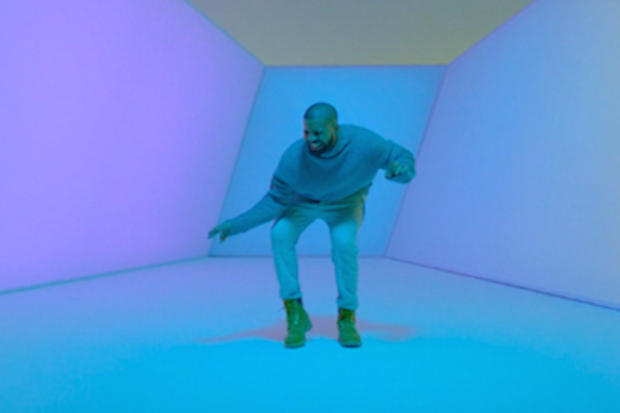Now art comes in a lot of different sizes. There are art so small and minuscule that it can fit in the eye of a needle. On the other hand, there are art that are so big and vast that it covers a whole landscape. These artworks on the colossal level are what Christo and Jeanne-Claude specialized in. The article in the New York Times called “Next From Christo: Art That Lets You Walk on Water” by Carol Vogel introduced the latest artwork by Christo and explained the “artist duo” who are behind these grand artworks. Through their art, it is shown that art can alter and improve landscapes. These artworks that involves the landscape lets people have a more vivid experience with the art while boosting the economies in these area.

Christo and Jeanne-Claude along with Michael Bloomberg on the opening of “The Gate” at Central Park.
Let’s start off with some background information on Christo and Jeanne-Claude. They were an “artist duo” who collaborated together to bring large-scale artworks to many landscapes around the world. Some of their work includes the “7,500 gates along the Central Park”, the “365-foot-high curtain across a valley in Colorado”, the “161 trees
in black and white polyester mesh in a park in Basel, Switzerland” and many more. Jeanne-Claude took care of the organization and financial aspect of their projects while Christo took care of the creative aspect. They were a dynamic duo. They shared the same birthday, June 13, 1935, and they both use only a first name. Cristo hand-picked Jeanne-Claude’s “flaming red hair”. This couple “had been inseparable for 47 years” until Jeanne-Claude’s death from a complications of a brain aneurysm in 2009.
Christo, however, still continues to work on various projects. The main project the article mentions is “The Floating Piers.” It is an installation of about “200,000 floatable cubes covered in glittering, dahlia-yellow fabric fashioned from tightly woven nylon,” on Lake Lseo of Italy. The view from the surrounding mountains of this pathway is changing since the light changes throughout the day altering the color of the floatable cubes “from deep yellow to shimmering gold to a reddish hue when wet.” This project will connect the islands on Lake Lseo to the mainland and to each other.
Through “The Floating Piers” project, I learned how art can adjust a landscape and bring more attention and attraction to a certain area. The pathway of floatable cubes allows the people on the islands or mainland to directly walk to
each other instead of relying on boats. The project created a walkway that did not naturally occur in the landscape itself. This adjustment can make life more easy for the people who live in the Lake Lseo area. It connects them and brings them closer to each other. It is also a tourist attraction since it allows people to basically walk for “nearly two miles on water”. Since Lake Lseo is the least known of Italy’s northern lakes, this installation will bring an inflow of tourists which may boost the economy of the local area. This artwork also embodies a vivid experience that allows you to interact with it by walking on it and enjoying the view on the way.
Putting all these grand-schemed projects together was not easy. Christo and Jeanne-Claude had to wait many years for government approval or permit to work on these landscape. Thanks to them, we can enjoy these artworks that combines aesthetic and experience of a lifetime. After all, after the “16 days starting June 18” showcase of the pathway, how many people can say that they had walked on Lake Lseo before?








Recent Comments